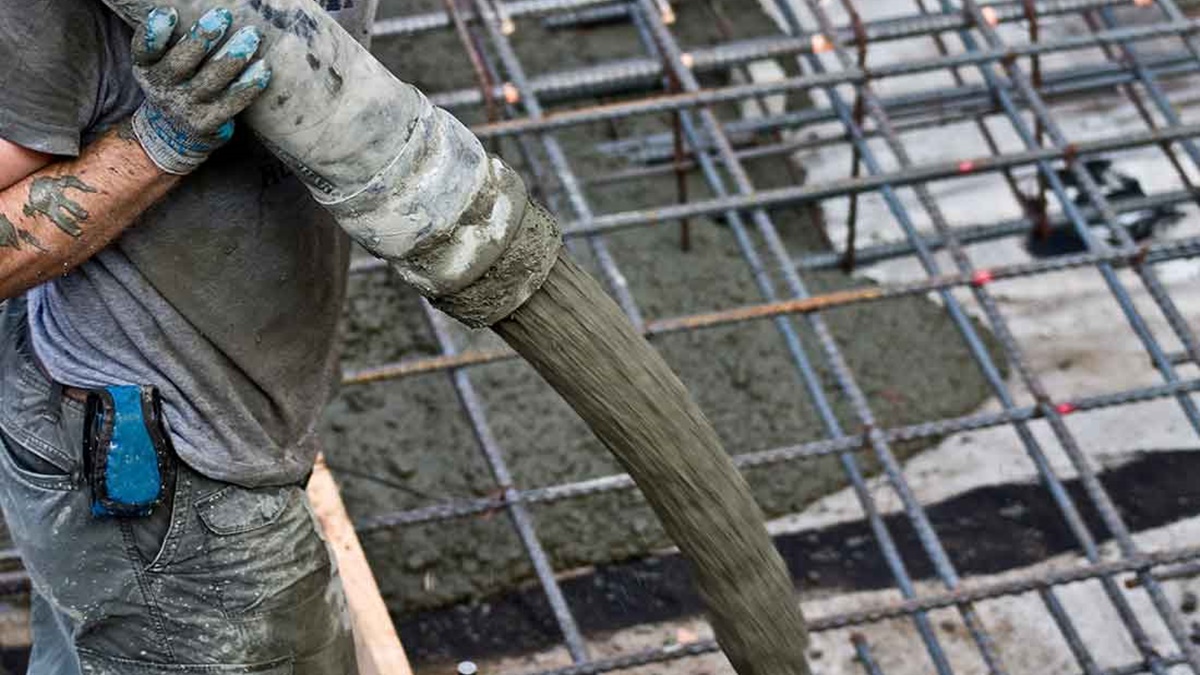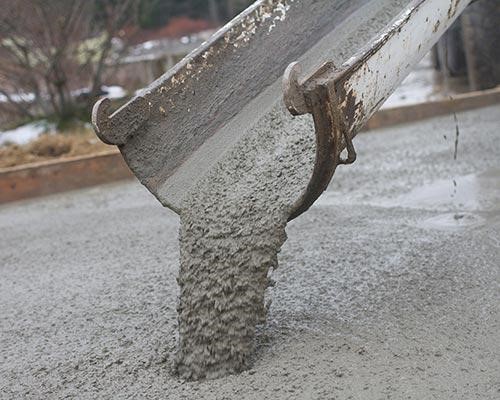
Are you looking for something that can reduce the water concentration in cement without any adverse effects? Or are you seeking a solution that can help maintain high slump values? If yes, you need to consider a concrete superplasticizer.
Polymers such as superplasticizers are used to resist particle segregation in concentrations. Dispersants use both plasticizers and Superplasticizers. An emulsion is a chemical agent that is applied to a suspension to help particles separate easier. Both of these compounds are used as additions in concrete mixtures to decrease the amount of water used.

Superplasticizers have higher dosage ranges than traditional water reducers (0.5 to 3.0%) and fewer adverse effects on concrete materials (0.18 to 0.47) than standard water reducers. They’re not like regular plasticizers in terms of composition.
Table of Contents
1. Sulphonated Melamine Formaldehyde (SMF)
Sulfonated melamine formaldehyde (SMF) is a product used in cement and plaster-based solutions as a water-reducing additive to decrease moisture content while increasing the fluidity and consistency of the mix. SMF leads to lower porosity, better mechanical efficiency, and increased tolerance to aggressive conditions in concrete when used in a good mix design.
Application
- Self-leveling flooring products and grout for the foundation of casting machines include sulfonated melamine formaldehyde (SMF).
- In high-strength gypsum and gypsum materials, using sulfonated melamine formaldehyde (SMF) is beneficial.
- Ready-mixed concrete, pumping concrete, streaming concrete, high-performance, and better concrete, self-compact concrete, and high-strength mortar use Sulphonated Melamine Formaldehyde (SMF).
2. Sulphonated Naphthalene Formaldehyde
Sulphonated naphthalene Formaldehyde is a type of condensed polymer. It is primarily used in cement as an adequate water reducing agent and recognized as a superplasticizer. It contains concrete with a high slump, which is a trait that makes it highly feasible. It aids in maintaining a low water-to-cement ratio without losing flowability. It also works well as a dispersant.
Application
- Sulphonated Naphthalene Formaldehyde is favorable to be used as a concrete admixture.
- It’s good to use in areas where more excellent workability is advantageous
- It’s also beneficial for use along with precast and prestressed concrete
- In the textile industry, as an impactful wetting agent in cotton
- The leather industry uses it as a dying and leveling support
- For the tanning industry, it works as an agent for better dispersing
3. Modified Ligno Sulphates
Lignosulfonates, also known as sulfonated lignin, are water-soluble anionic polyelectrolyte plastics produced as a byproduct of sulfite pulping. The most common use for lignosulfonates is polymers in concrete, enabling concrete to be made with less water. And it results in stronger concrete while retaining its flowability. Lignosulfonates can also be used in the cement industry as crushing aids in the cement mill.
Application
Lignosulphonate was first used on the road in 1916 when used as a dust preventative on a dirt trail in Sweden. Since the late 1940s, it has been widely used in the United States as a dust suppressant and surface stabilizing agent for unsealed roads.
Carboxylated Admixture
PCE (polycarboxylate superplasticizer) is a potent additive with a high degree of water reduction. It’s a kind of plasticizer with carboxyl grafted copolymer molecules in the molecules. PCE’s peculiar molecular structure allows it to be an essential agent even at low doses.
Tips To Remember Before Buying Superplasticizers
When purchasing a superplasticizer, there are many things to consider. The following is a list of some of them.
Water Reduction Rate
With clear concrete and dosages, the typical water reduction of PCE is about 40%. It can, however, vary based on the supplier you choose. So, inquire about the PCE water reduction rate offered by your vendor.
Slump Loss Control
The introduction of PCE to mixed concrete helps to maintain the original recession. Make sure the PCE you buy suits your requirements. If you want to use it for ready-mix solutions or ship it over long distances, the slump regulation should be about 15%.
Compatibility
It’s impossible to predict which cement brand the project’s officials would use. They can also buy multiple brands at the same time. As a result, before purchasing PCE, ensure that it is compliant with a wide variety of cement.
Budget
It is the total project cost, not the cost of the superplasticizer, that should be considered. Cement is costly, and increasing your spending on it may reduce your profit margins. As a result, look for a manufacturer that uses more fly ash and slag rather than cement.
Flammability
When it comes to safety, there is no such thing as a compromise. So, before you buy something, make sure it meets the following criteria:
- Resistance to fire
- Eco friendly
- Non-explosive
Final Lines
So, these were several of the aspects to consider while purchasing PCE. A high water-reduction rate and good cement dispersion are expected from the concrete superplasticizer. It should be able to reduce concrete mix slump loss over time.